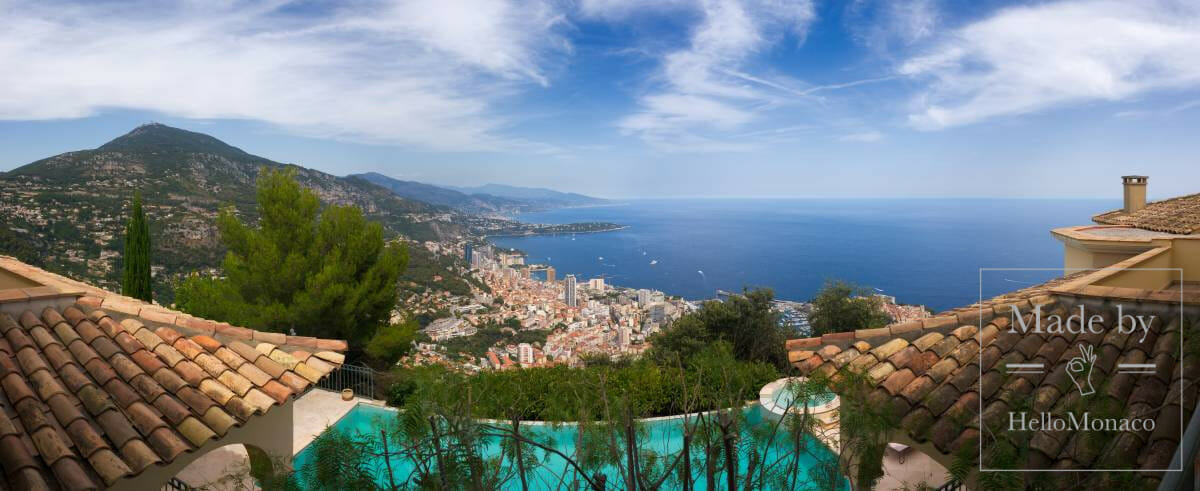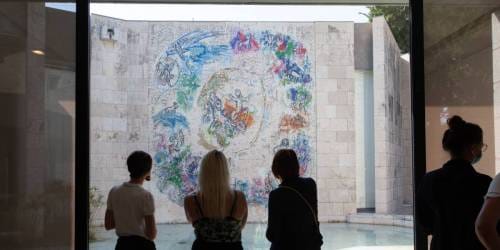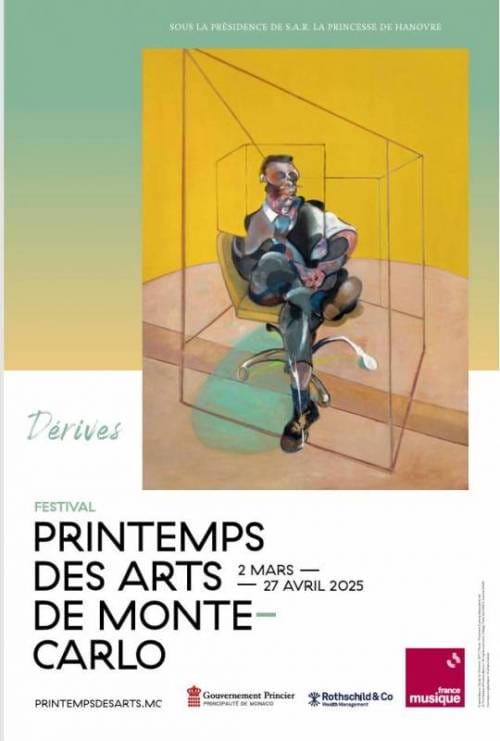The history of the red carpet at the Palace of Festivals on the Croisette in Cannes dates back to the pre-war times. The Cannes Film Festival was born as a response to the first world film festival held in Venice. The growing fascism of the mid 20th century, however, affected all the spheres of the society life, cinema being no exception. Mussolini who came to power in Italy in the 30s made the Venice Film Festival politicized. Only films glorifying fascism could be the winners.
That’s when France had an idea to create its own film festival, the art fighting against fascism. In 1938 “Olimpia” and “Pilot Luciano Serra” (by Vittorio Mussolini) were awarded the Venice Film Festival award. This was the last straw and France started its preparations for its own film festival differentiating politics and art.
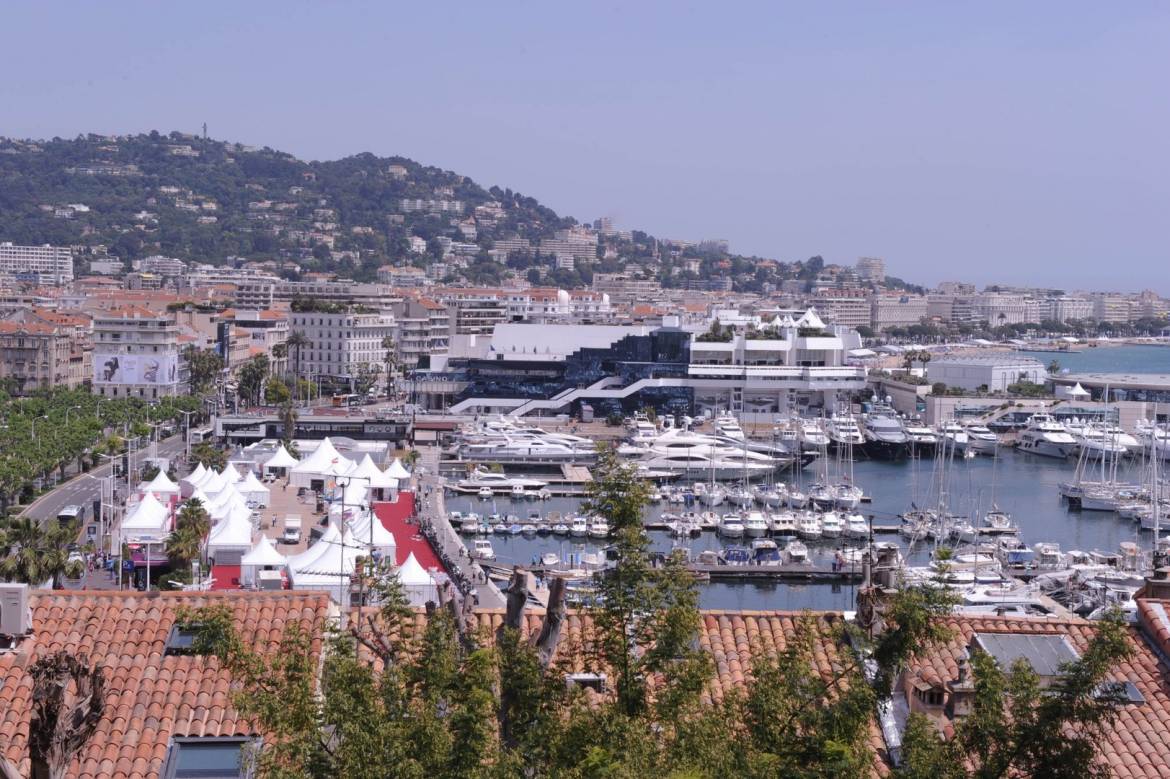
The first festival in Cannes was planned for 1939. The legendary Louis Lumiere, inventor of the film industry and the French cinema, was the chairman of the jury. The first Cannes Film Festival was attended by 46 films from 18 different countries. The outbreak of the war messed up all the plans. Despite the war time, however, the idea of the festival survived. On September 20, 1946, it was solemnly opened and its Grand Prix went to 11 movies. Starting from 1951, the event was rescheduled from September to May time.
Interestingly, the “Golden Palm branch” was invented later than the festival itself. At the beginning, the festival was more of a high society event. Only with time did it gain the international status in the cinema world, as it is known today. Up until 1954, its best award was called “Grand Prix of the International Film Festival”. It was not as selective as nowadays, so most of the participants would get one award or another.
In 1955, the “Golden Palm Branch” was first awarded to Delbert Mann for his film “Marty”. The image of a “palm”comes from the Cannes coat of arms. However, in subsequent years, the jury went back to awarding the Grand Prix. The palm branch was restored as the best award for a feature film in 1975 and remained as such to this day.
Interestingly, over all these years, the Palm branch was awarded to one woman only. It was Jane Campion who received her award for the film “The Piano”.
Very few lucky filmmakers were awarded the Golden Palm Branch twice over the Festival’s history. They are Francis Ford Coppola, Shokhay Imamura, Emir Kusturica, Michael Haneke, the Dardenne brothers and Billy August.
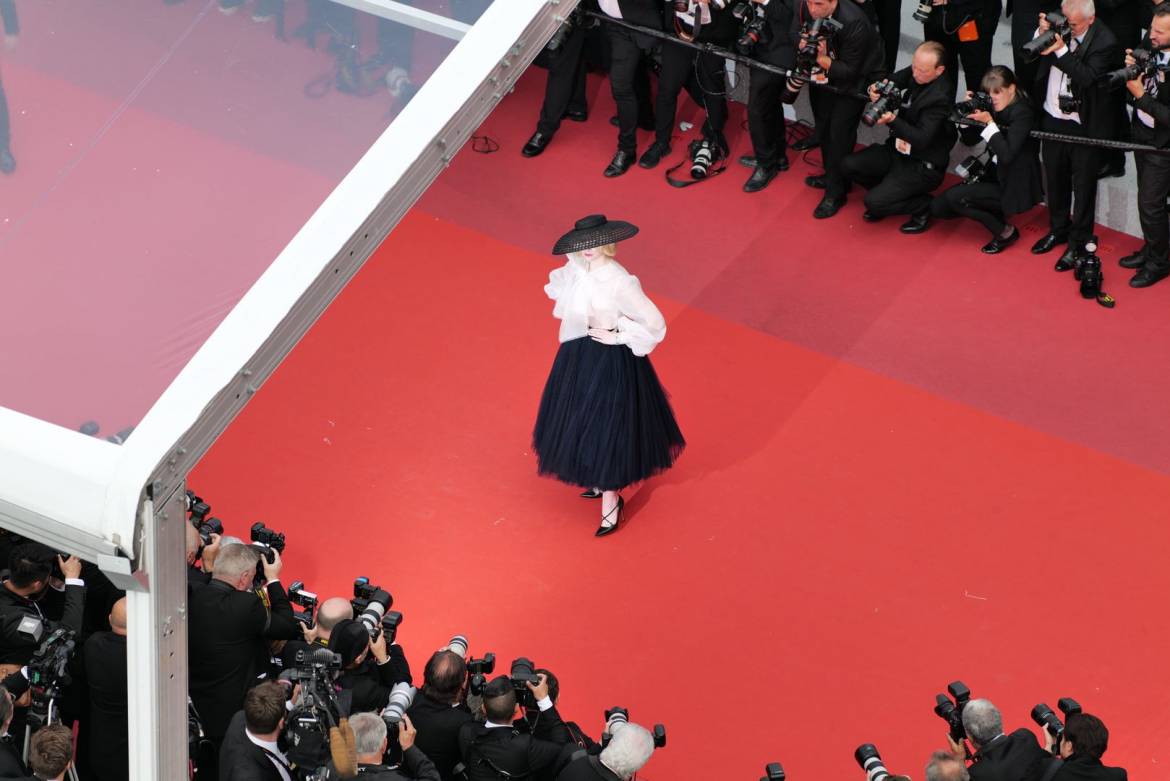
A major high society event, the Cannes Festival is often full of scandals. Lars von Trier, a regular to the Cannes red carpet for many years, became its “persona non grata” because of his unfortunate statement. In 2011, during a press conference, he unequivocally expressed his sympathies for Hitler. The effect of his remarks was nothing short of a bomb explosion. Tickets for his film “Melancholy”, the festival participant, were returned to the ticket office of the Palace.
This boycott forced the filmmaker to leave the festival. Boycott is quite a common reaction to some scandalous situations at the Festival. This was no exception.
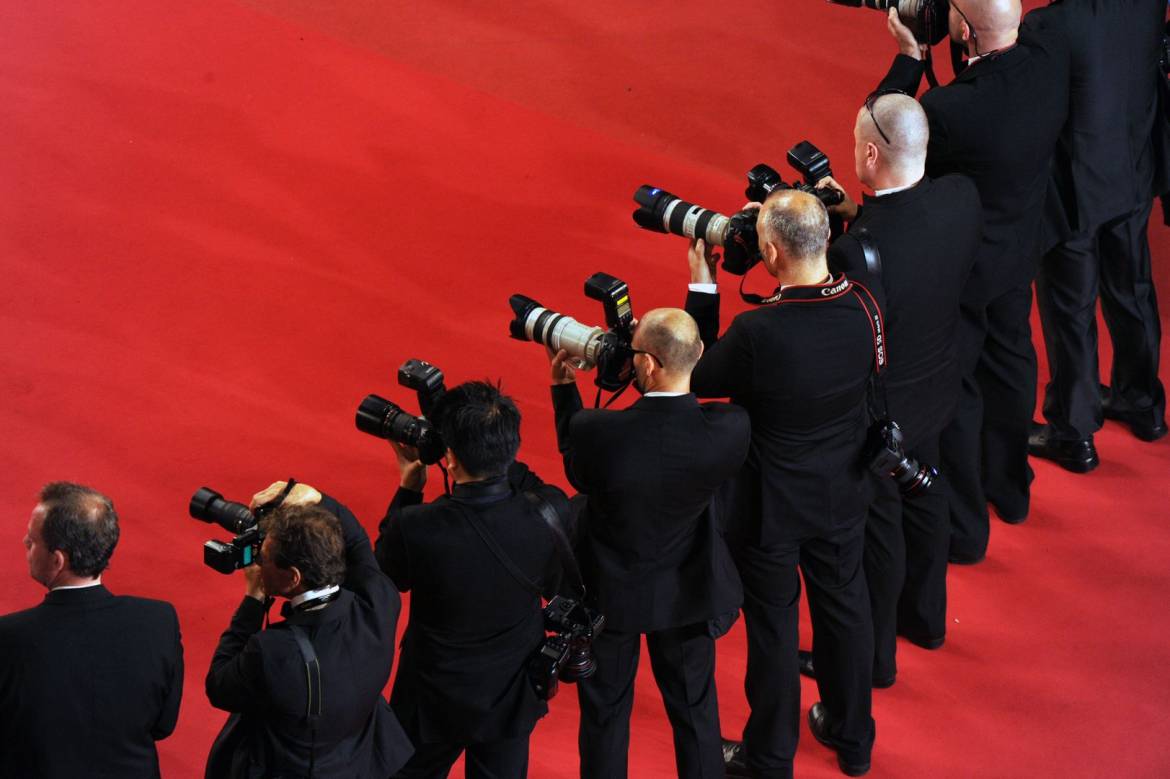
In 1983, the French actress Isabelle Ajani neglected the general photo session and did not show up at the meeting with photographers and press. They repaid her the same. When the actress went up the red carpet on the Festival day, all the photographers made a point of lowering their cameras and turning away.
The Cannes Film Festival is an event long awaited for not only by the cinema professionals. This is also an occasion for the fans to see their favorite actors. This year will see already the 77th Cannes Film Festival which will take place from May 14 to 25, 2024.

